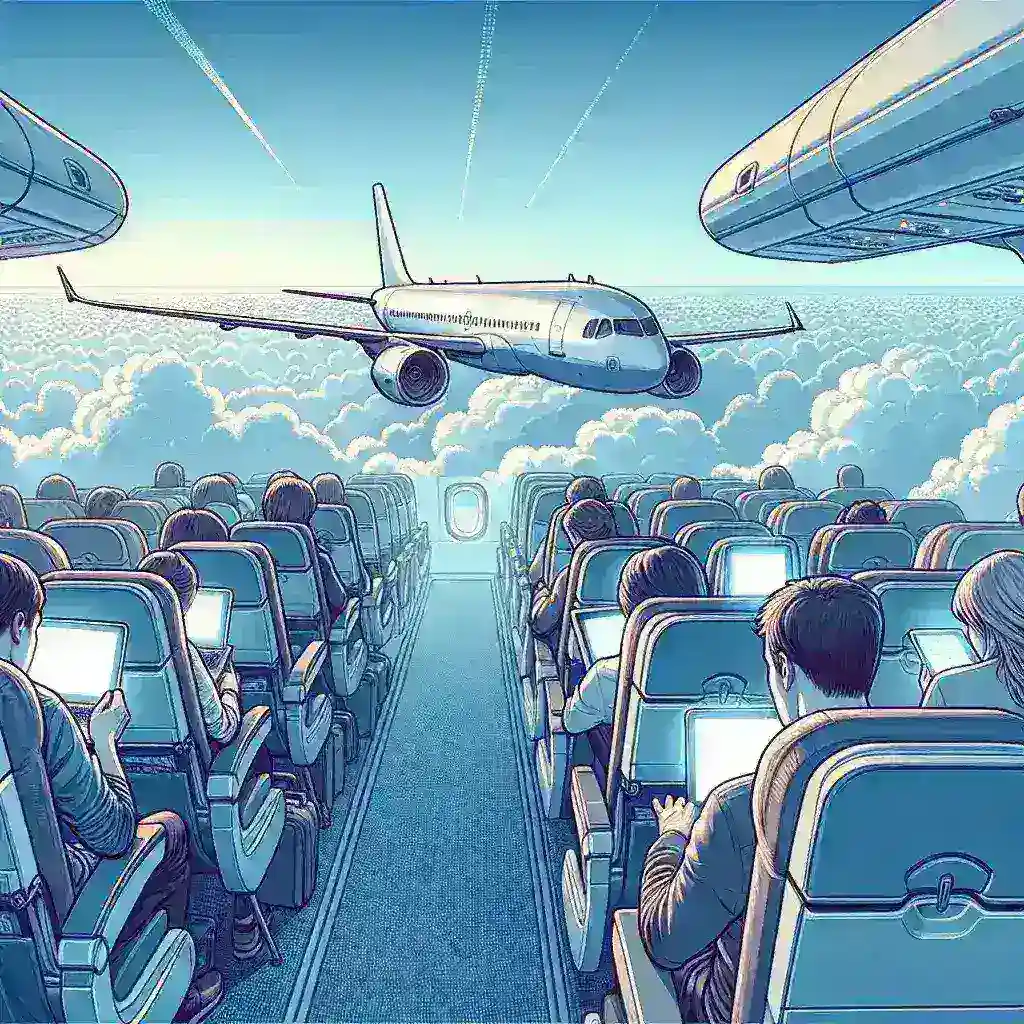Introduction
In a move that is set to transform in-flight connectivity, Alaska Airlines has taken significant steps to enhance passenger experience by equipping its fleet with Starlink Wi-Fi. This innovative service, provided by SpaceX’s Starlink satellite network, aims to deliver high-speed internet access to all travelers, ensuring they stay connected even at 30,000 feet.
The Evolution of In-Flight Connectivity
In-flight Wi-Fi has come a long way since its inception. Once considered a luxury, in-flight internet now plays an essential role in the travel experience, allowing passengers to work, stream, and connect with loved ones while on the go. With the rise of remote work and increasing reliance on digital communication, airlines have had to innovate to meet passenger expectations.
Why Alaska Airlines Chose Starlink
Alaska Airlines made a strategic decision to partner with Starlink for several reasons:
- Speed and Reliability: Starlink offers faster speeds compared to traditional satellite and ground-based internet systems.
- Global Coverage: With a constellation of low Earth orbit satellites, Starlink promises coverage even in remote areas, a significant advantage for airlines operating in diverse geographical locales.
- Scalability: As Starlink continues to expand its satellite network, Alaska Airlines can easily upscale its service to meet increasing passenger demand.
What Passengers Can Expect
The integration of Starlink Wi-Fi into Alaska Airlines’ fleet means passengers can expect:
- Seamless Connectivity: Passengers will have the ability to connect their devices to the internet quickly, without long wait times.
- Enhanced Streaming Options: With high-speed internet, streaming movies and music will become a viable option on board.
- Improved Productivity: Business travelers can work efficiently, sending emails and accessing cloud services without interruptions.
Implementation Timeline
The rollout of Starlink Wi-Fi on Alaska Airlines flights is set to occur in phases:
- Phase 1: Initial installations on select aircraft will begin in early 2024, with a focus on popular routes.
- Phase 2: Full fleet implementation is expected by the end of 2025, allowing all passengers to enjoy the service.
Challenges Ahead
While the partnership with Starlink presents many advantages, Alaska Airlines must navigate potential challenges:
- Technical Hurdles: Integrating new technology into existing aircraft systems can be complex and may require extensive testing.
- Cost Considerations: The investment in new technology may impact ticket prices temporarily as the airline adjusts to new operational costs.
The Future of Air Travel
As airlines like Alaska Airlines innovate with technology, the future of air travel looks promising. The ability to stay connected will not only enhance the passenger experience but will also pave the way for:
- In-Flight Entertainment: More options for entertainment as streaming services become accessible.
- Better Customer Service: Real-time feedback from passengers during flights can help airlines improve their services.
Passenger Reactions
Initial reactions from passengers have been overwhelmingly positive. Many travelers expressed excitement over the prospect of reliable internet access, particularly for work-related tasks. Social media platforms have seen a surge in discussions about the upcoming service, indicating a strong demand for such amenities.
Expert Opinions
Industry experts have hailed Alaska Airlines’ decision as a forward-thinking approach:
“The collaboration with Starlink showcases Alaska Airlines’ commitment to enhancing the travel experience. As we move into a new era of digital connectivity, airlines must adapt, and this is a significant step in the right direction.”
Conclusion
Alaska Airlines’ initiative to equip its fleet with Starlink Wi-Fi marks a pivotal moment in the evolution of in-flight services. By prioritizing passenger connectivity, the airline is not only enhancing its competitive edge but also setting a new standard for the industry. As travelers eagerly await the rollout, it’s clear that the future of air travel is becoming increasingly interconnected.

